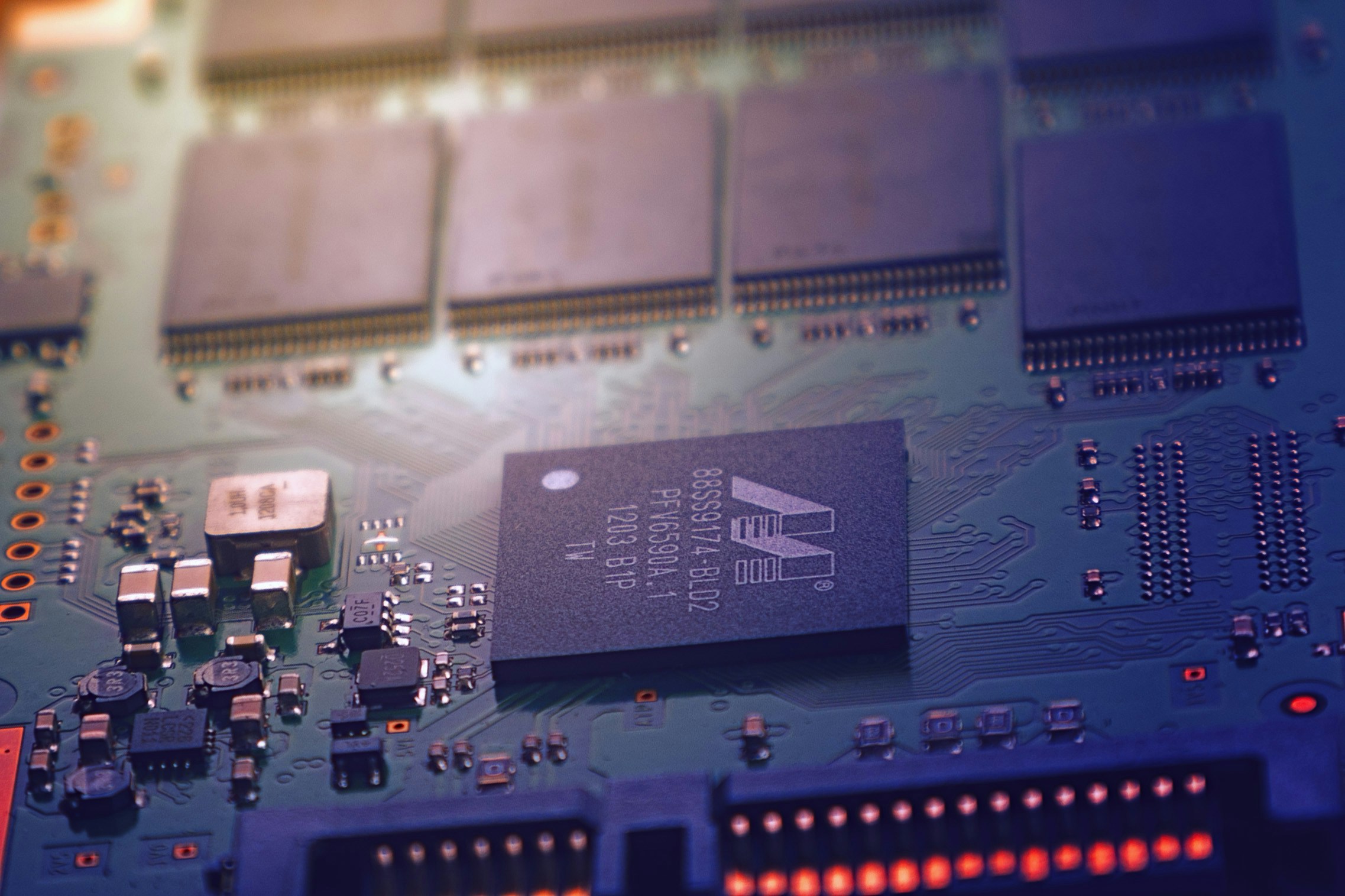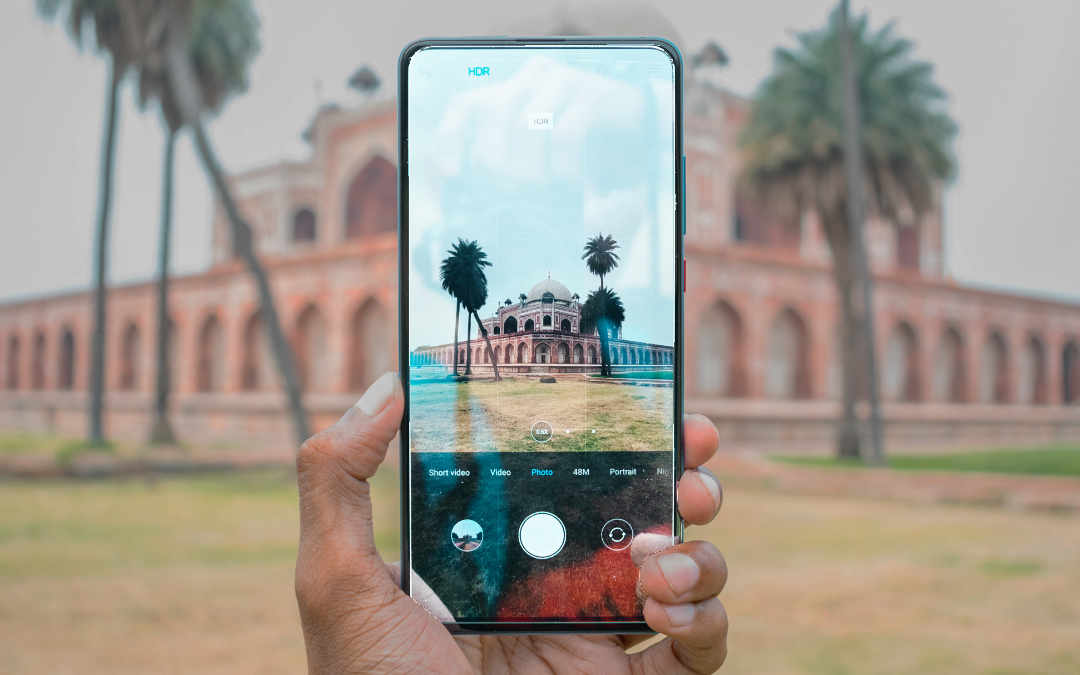Immersive Experiences: The Rise of Spatial Computing
Imagine a world where virtual and real universes collide, allowing digital content to interact with your environment. Welcome to the universe of Spatial Computing, an immersive technology taking human-computer interaction into a whole new realm.

The Dawn of Spatial Computing
The history of spatial computing can be traced back to the early days of computer interaction. It all began with computer punch cards and evolved to the mouse and keyboard era. But, things started shifting gears with the advent of touch interfaces, voice recognition, and finally, the immersion in augmented reality (AR) and virtual reality (VR).
Albeit slow, but the gradual shift towards spatial computing can be seen as a historical development in the tech sector. It focuses on the area where humans and computers really ‘meet’, i.e., the physical environment. Spatial computing enables digital content to comprehend and interact with the surroundings, blending the borders between physical reality and digital space.
Spatial Computing Ushers in a New Tech Era
Today, we see spatial computing revolutionizing industries from gaming to medicine. For instance, augmented reality games like Pokemon Go and Harry Potter: Wizards Unite engage players by overlaying characters onto their real environment. Similarly, the medical field leverages VR technology for telemedicine, training doctors, and even helping patients cope with pain.
The tech giants are not far behind either. Apple’s ARKit and Google’s ARCore SDK are fostering development and leading a new wave of AR/VR apps in a world dominated by smartphones.
The Pricing Spectrum of Spatial Computing
A peek into the market of spatial computing devices like Microsoft’s HoloLens 2 and Magic Leap One reveals a broad price range, from around $2,295 to $3,500. Spatial computing is still in its nascent stage, and the costs of high-end devices can be considerable.
On the lower side of the scale, users can access VR experiences through less pricey options like Samsung’s Gear VR or Google’s Daydream View. The broad price spectrum makes spatial computing technology accessible to businesses and consumers alike.
Market Impact of Spatial Computing
From triggering a shift in user interfaces to revolutionizing entire industries, spatial computing’s market impact is undeniable and growing. The global AR/VR market is expected to reach $571.42 billion by 2025, according to Verified Market Research.
This tech revolution opens up potential innovation in product experiences and new ways for companies to engage with their customers. It could redefine the way we interact with the digital world, making it even more real, immersive, and interactive.
The Future of Spatial Computing
While we are early in the spatial computing revolution, the future holds immense possibilities. As technology advances, it is imaginable that we could interact with digital objects as naturally as we do with physical objects.
Though the concept still lies largely within Airpods, VR headsets, and smart glasses, the vision is far grander. Future spatial computing platforms might rely on ambient environmental elements like light, sound, or even vibrations, completely revolutionizing the way we interact with our physical surroundings.
As we step into this brave new world, the lines between reality and virtual existence blur. Spatial computing has set the stage for more immersive and interactive experiences, not just on screen, but in our living world. The journey has just begun, and undoubtedly, we have exciting times ahead in the tech universe.




